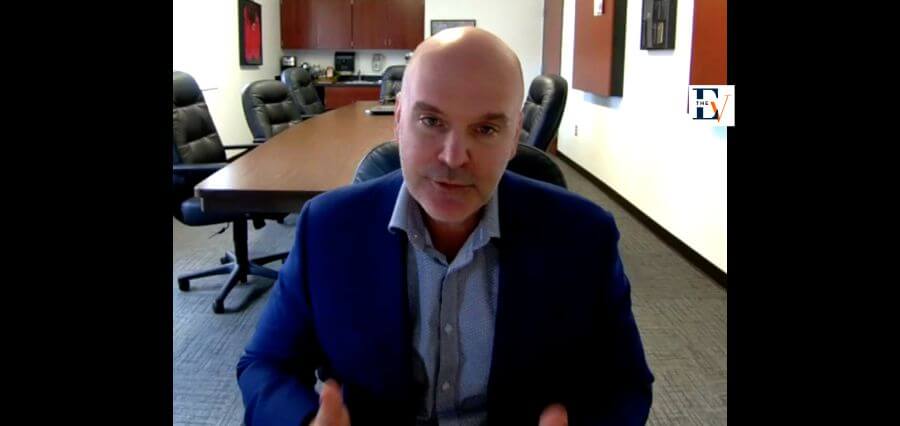Past, Present and Future
Education policy in Australia has undergone significant shifts over the decades, reflecting changes in societal values, economic priorities and educational philosophies. From its early foundations in colonial times to the complex systems of today, Australian education policy has shaped the learning experiences of millions of students.
Understanding the evolution of education policy involves examining how decisions made in the past continue to influence present practices and future directions. By exploring these dynamics through the lenses of policy formulation, implementation and outcomes, we gain insights into the broader socio-political contexts that have shaped Australia’s educational landscape.
Join in to understand the historical context, current landscape and future directions of education policy in Australia, highlighting key developments and their implications!
Historical Foundations of Australian Education Policy
Colonial Beginnings and Early Education
Education in Australia began primarily as a means to impart religious instruction and maintain cultural ties to Britain during the colonial era. The establishment of schools by churches and charitable organizations laid the groundwork for a fragmented educational system that varied widely in quality and accessibility. Education policies were often influenced by colonial administrators’ goals of social control and assimilation of Indigenous populations.
Rise of Public Education
The late 19th and early 20th centuries saw the emergence of state-supported public education systems aimed at providing universal access to schooling. Influenced by progressive educational theories from Europe and North America, Australia began to prioritize compulsory schooling and standardized curricula to meet the needs of an industrializing society. This period marked a shift towards more centralized education policies that sought to promote social cohesion and national identity.
Modern Era: Consolidation and Reform
Post-War Expansion and Educational Reform
Following World War II, Australia experienced a period of economic growth and social change that shaped its education policies. The 1960s and 1970s saw significant reforms aimed at expanding access to higher education, promoting vocational training and addressing inequalities based on socioeconomic status and geography.
Key initiatives during this period included the establishment of technical colleges, the introduction of needs-based funding models and efforts to enhance educational equity for Indigenous and disadvantaged students.
Shifts in Educational Philosophy and Governance
In the late 20th and early 21st centuries, Australia’s education policies increasingly focused on outcomes-based education, accountability measures and the integration of technology in classrooms.
The emergence of national curriculum frameworks, such as the Australian Curriculum, signaled a move towards standardizing educational goals while allowing for flexibility in implementation at the state and territory levels. These reforms aimed to improve educational quality, enhance teacher professionalism and prepare students for a globalized world.
Current Realm of Australian Education Policy
National Standards and Accountability
Today, Australian education policy is characterized by a balance between national standards and state autonomy. The Australian Education Act 2013 introduced a needs-based funding model known as the Gonski reforms, which aimed to address disparities in educational outcomes by providing additional resources to schools with higher needs students. National assessments, such as NAPLAN (National Assessment Program – Literacy and Numeracy), play a key role in monitoring student progress and informing policy decisions.
Diversity and Inclusion
In recent years, there has been a growing emphasis on diversity and inclusion within Australian education policy. Efforts to support students with disabilities, promote multicultural education and recognize Indigenous perspectives in the curriculum reflect a broader commitment to equity and social justice. The inclusion of Aboriginal and Torres Strait Islander histories and cultures as a cross-curriculum priority in the Australian Curriculum represents a significant step towards reconciliation and cultural recognition.
Challenges and Controversies
Funding and Resource Allocation
Despite progress, funding remains a contentious issue in Australian education policy. Disparities in funding between public and private schools, as well as between states and territories, continue to impact educational equity and outcomes. Debates over funding formulas, school choice policies and the role of government in education funding persist as key challenges facing policymakers.
Educational Quality and Accountability
Concerns about educational quality, teacher shortages and the impact of standardized testing on student well-being are ongoing issues within the Australian education system. Balancing accountability measures with holistic approaches to learning and well-being remains a complex challenge for policymakers and educators alike.
In the End…
The evolution of education policy in Australia reflects a dynamic interplay of historical legacies, social change and evolving educational philosophies. From its colonial origins to the complexities of today’s globalized world, Australian education policy has adapted to meet the needs of diverse learners while striving for educational equity and excellence.
Looking ahead, the future of Australian education policy will likely be shaped by continued efforts to enhance educational quality, promote inclusivity and respond to emerging challenges such as technological advancements and demographic changes. Emphasizing evidence-based policy-making, investing in teacher professional development and fostering greater collaboration between governments, educators and community stakeholders will be essential to navigating future uncertainties and ensuring a robust education system that prepares all students for success in the 21st century.






